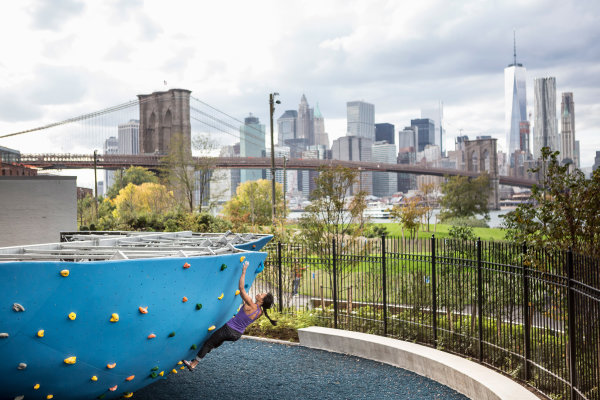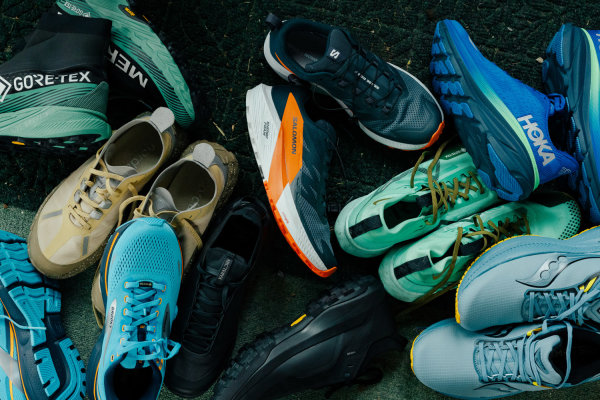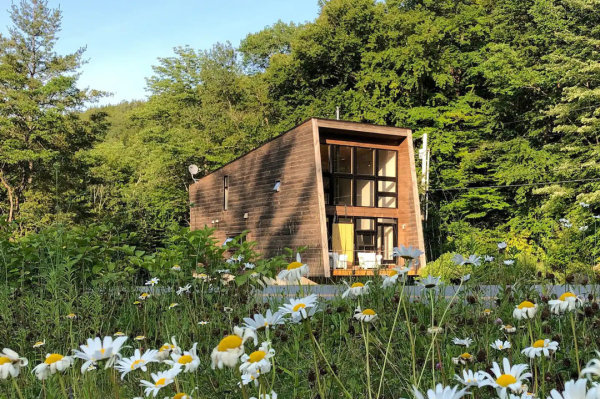In 1788 an English ship navigator by the name of John Meares said, “If that not be the home where dwells the gods, it certainly is beautiful enough to be, and I therefore will call it Mount Olympus.” How right he was.
Located deep in the heart of Washington’s Olympic National Park, Mount Olympus is only accessible by a 17.5 mile hike through the protected Hoh Rainforest—one of the largest and oldest temperate rainforests in America. Graced by the beautiful Blue Glacier, more precipitation falls on this region than any other in the lower 48.
Despite being only 7,980 feet high, Olympus is considered to be one of the more respected and technical mountaineering routes in the lower 48, often called a “northwest rite of passage” amongst mountaineering folk. Not for the faint of heart, the summit requires technical skills such as snow climbing, glacier trekking, and a short pitch of rock at the summit block to boot.
Mount Olympus had been on my radar for a while, but I had never pulled the trigger. That is, until my good buddy Jeremy showed up at my van one day on his coast to coast motorcycle trip, with a week of time to kill. Jeremy is one of the wildest chargers I know, and we both share a passion for cold weather, mountains, and anything that involves a little bit of danger. Despite coming off a nearly life threatening bout of Malaria he caught from a recent trip to Africa, we decided to yolo it and attempt to throw another peak in the bag.
After a night of research and a good old REI run, we packed our bags, obtained our backcountry permits, loaded up my trusty bus, and headed north. Starting at just above sea level, the trail winds 17.5 miles through an incredibly scenic rainforest, seemingly untouched by man since the dawn of time. Despite the fact that the Hoh Rainforest receives up to 170 inches of rain a year, we were fortunate enough to be blessed with clear skies and zero rain for the entirety of our trip.
After hiking in we set up camp for the first night at the base of Olympus, ready to begin the ascent bright and early the next day. We geared up and hit the glacier before the sun, making good enough time to roll the dice on who could jump the biggest crevice.
Because nothing’s easy, the final push for the summit is a 100 foot tall rock spire with about an 80 foot climb of a 5.5/5.6 rating. Free soloing is one thing, but free soloing/downclimbing in mountaineering boots is a whole other level. It’s safe to say our nerves were thoroughly racked.
With a roundtrip distance of 10 miles from base camp to summit, most of which proved to be technical glacier climbing and rock scrambling, the mountain nearly kicked our butts, but rewarded us with some of the greatest views I had yet to see.
The morning of day three we hiked the 17.5 miles back to the trailhead, with not a snickers bar to spare. Tired, happy, and content, we fired up the van’s wood stove and brewed a pot o’ joe.

































